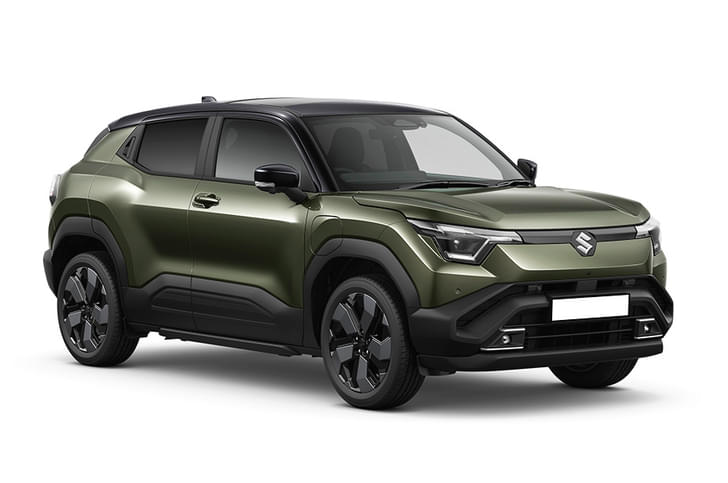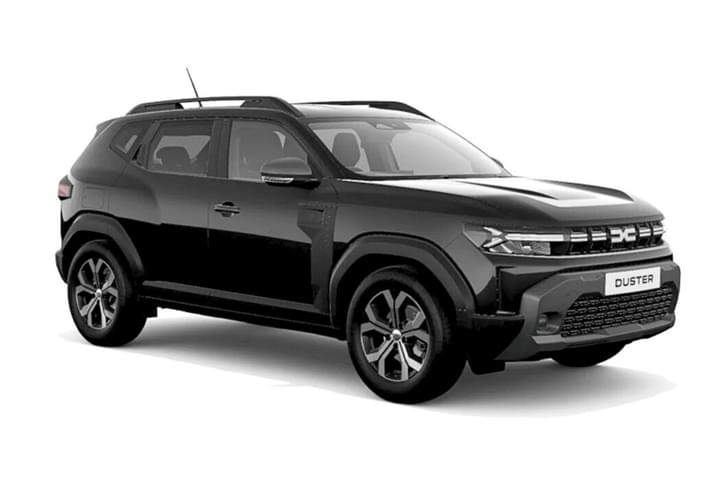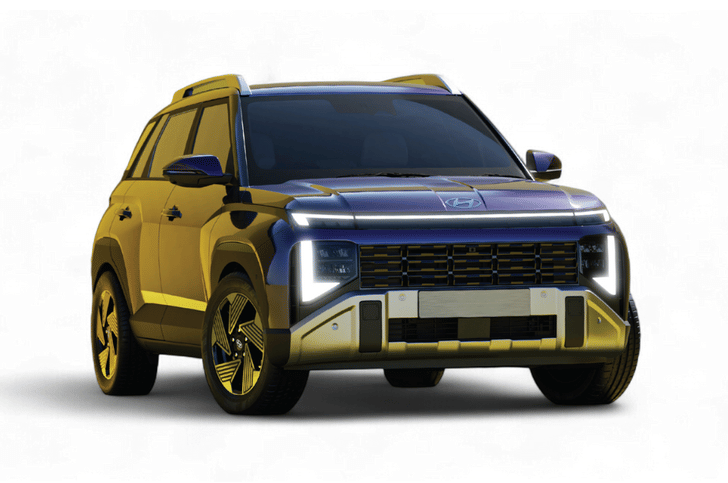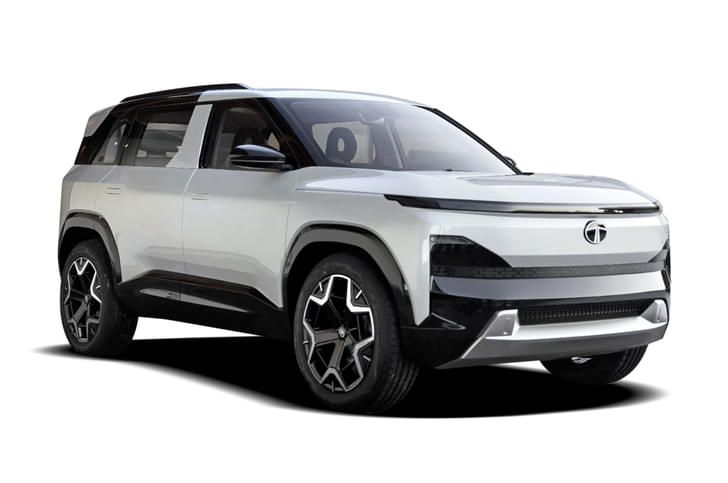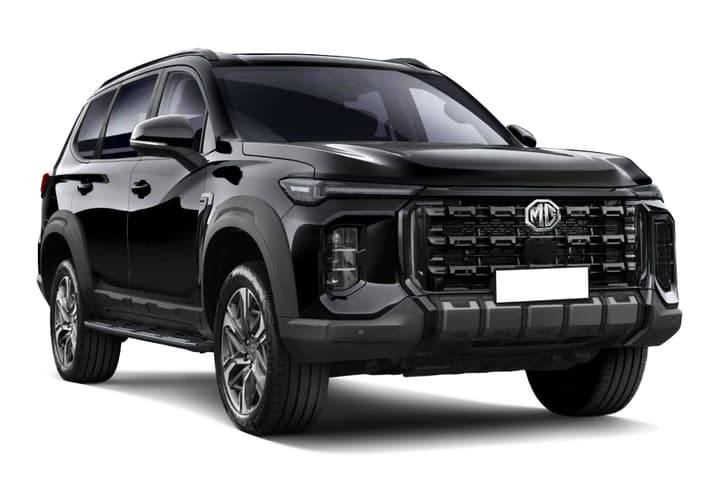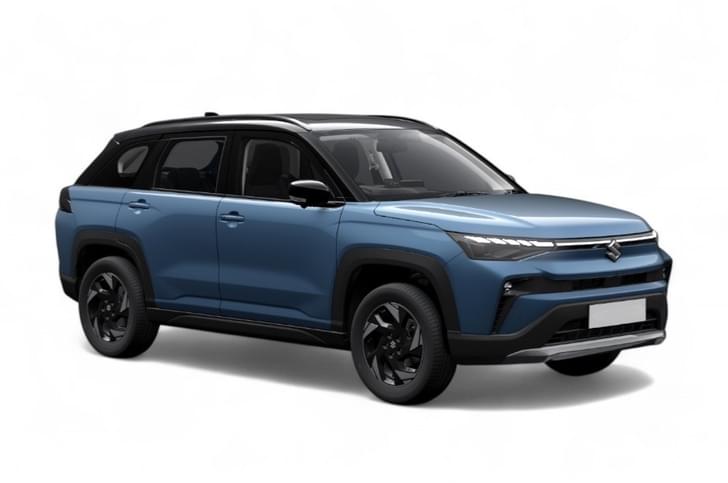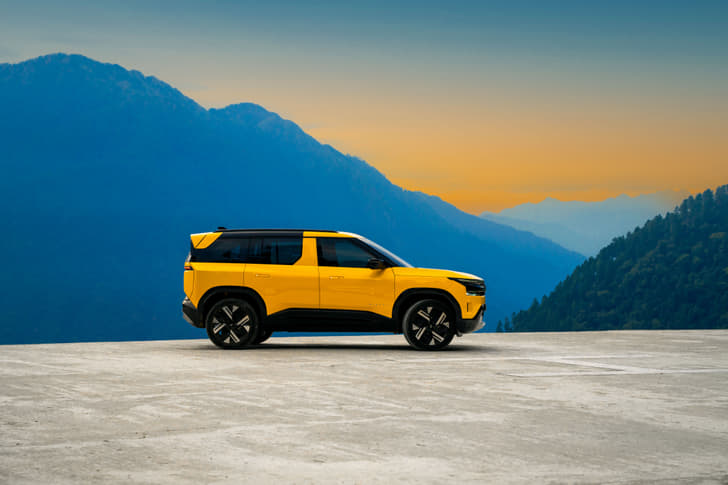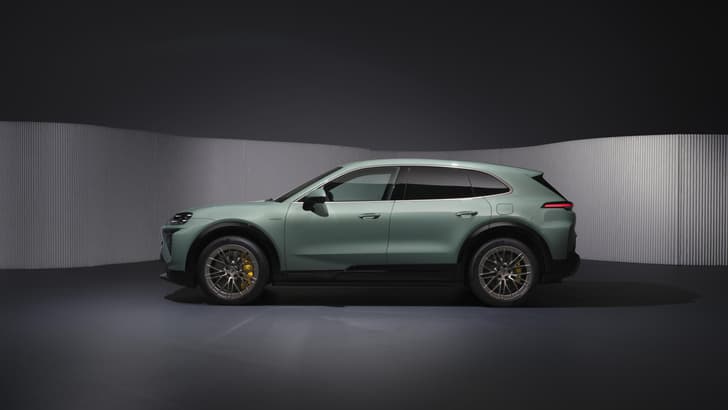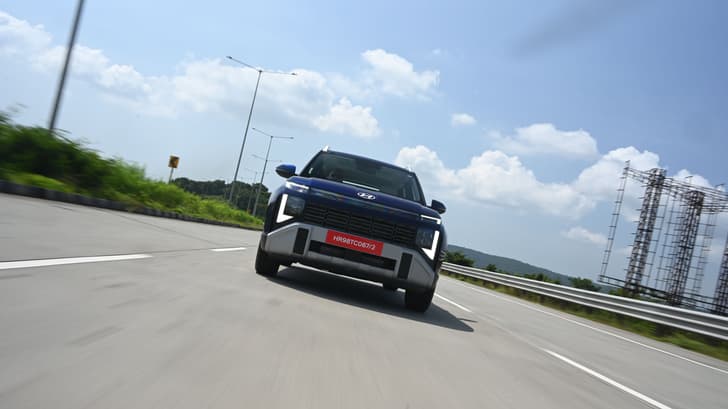Renault Kiger CVT: What is it?
The Kiger, Renault’s first crack at the compact SUV segment, wowed us all when it arrived earlier this year with its competitive pricing and striking looks. The Kiger, which is based on the Alliance’s CMF-A+ platform, is on offer with two 1.0-litre engines. A 72hp, naturally-aspirated unit and a 100hp, turbocharged unit. While we did get a chance to sample the manual gearbox-equipped turbo-petrol at the media drive, we couldn’t manage to get behind the wheel of the Kiger CVT, until now.

Front-end styling is reminiscent of the Kwid; features LED headlights.
Since we’ve already reviewed the Kiger in detail, the focus of this review will mainly be on the CVT transmission. You can read more about the Kiger’s styling, interior, features and driving dynamics here. But just to give you an overview, the Kiger is not your typical boxy SUV. The Renault has a raked rear windscreen and a tapering roofline, lending it an almost SUV-coupe like profile. It does look like a beefed-up Kwid from certain angles, but overall, it is an attractive SUV.
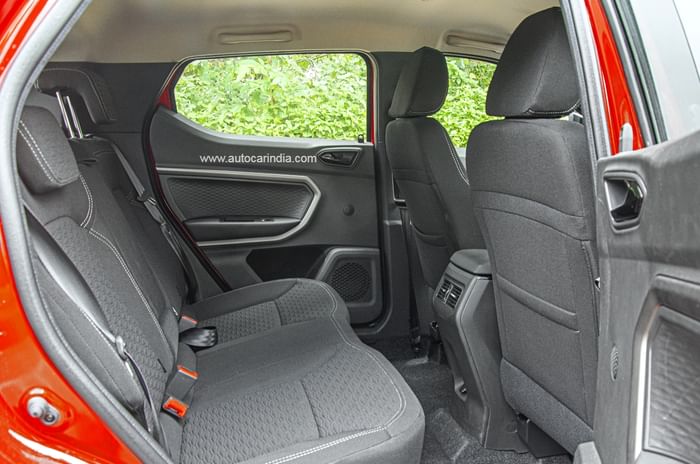
The dashboard has a clean design and there’s a greater focus on storage and practicality, with ample pockets and compartments in the cabin. Material quality is acceptable for the price but there still are some low rent bits like the roof lining, sun visors and the internal rear-view mirror. The seating position is high, and the seats are quite comfy and supportive. There’s ample kneeroom and headroom on offer at the back and the Kiger has a best-in-class 405-litre boot.

On the equipment front, the range-topping Kiger RXZ has an Arkamys 3D sound system, an 8.0-inch touchscreen with wireless integration for Apple CarPlay and Android Auto, a 7.0-inch digital instrument cluster, automatic climate control with PM 2.5 filter, ambient lighting, driving modes and a cooled glove box. Safety features include four airbags, ABS with EBD, ISOFIX child-seat mounts, a rear-view camera and parking sensors.
Renault Kiger CVT: What’s it like to drive?
The Kiger CVT is available only with the 1.0-litre, three-cylinder turbo-petrol engine that puts out 100hp and 152Nm of torque. Paired to the CVT ‘box, the turbo-petrol motor produces 8Nm lesser than in the manual (160Nm). However, the CVT makes its peak torque earlier and for a wider power band, compared to the manual. From behind the wheel, you won’t be able to tell the difference in pulling power. 
The engine, co-developed by Renault and Nissan, is relatively quiet at idle, but you can feel some vibrations from the three-cylinder motor inside the cabin. However, once you set off, the engine feels much smoother. The boost comes in at around 1,700rpm, but it does so without any prominent spike in delivery, as is the case with some other turbocharged engines. It pulls strongly till about 5,500rpm, after which it tapers off in the last 1,000rpm and sounds rather loud and coarse.
While this engine always felt responsive paired with the manual box, with the CVT automatic it feels better still. The Kiger CVT feels rather sprightly off the line and builds up speed with confidence. What’s also nice is that the flat spots in the engine’s power delivery are well masked by the CVT’s shift patterns. Its power delivery feels smooth, linear and consistent, and it also responds well to part-throttle inputs, making it ideal for urban conditions.

While there is no manual mode or simulated ‘steps’ to shift through like in other CVTs, the Kiger CVT does get an L or Low mode that focuses on providing maximum torque, intended for better hill ascents or descents. As is the case with the manual, the CVT also gets three drive modes – Normal, Eco and Sport, which alter the throttle response and to some degree, the steering too. The Kiger CVT definitely feels most responsive and energetic in the Sport mode. It holds the engine at higher revs than usual for quick responses, and even if you are driving flat out, there’s very little rubber-band effect (an increase in revs without a corresponding increase in speed) from the CVT. However, Sport mode can get a bit too aggressive at times, and you require carefully modulated throttle inputs at times.
Eco mode, on the other hand, feels much more restrictive. Part-throttle response is significantly dulled down, requiring you to press harder on the accelerator to get going. Interestingly, when you put your foot flat on the floor, the modes are overridden and the engine performs similarly across them; this was also borne out in our performance tests.

The Kiger also impresses with its ride and handling. This compact SUV’s ride has an underlying firmness to it but, it’s not jarring and also deals with bad patches of road with relative ease. At highway speeds too, the Kiger’s body movements are well contained, and it feels quite comfortable cruising at near-triple-digit speeds. The Renault feels good around the corners as well, thanks to its good body control and grip on offer. However, what’s not so nice is the cabin refinement. There’s plenty of road, tyre and wind noise filtering through at high speeds and, at times, you can even hear the suspension hard at work.
The Kiger’s steering is light and requires minimal effort to operate at low speeds. It is easy to manoeuvre and hence feels right at home in city confines. This, coupled with the convenience of the seamless CVT gearbox, makes the Kiger an ideal urban SUV.
Renault Kiger CVT: should I buy one?
The Renault Kiger CVT in this top-spec RxZ trim is priced at Rs 9.89 lakh (ex-showroom, Mumbai). For that money, you get a compact SUV that’s nice to look at, good to drive, comfortable and spacious, and also well equipped with features. Furthermore, the CVT gearbox is not only more convenient but it’s nicer to drive than the manual, and it also doesn’t penalise fuel efficiency much. Where the turbocharged, petrol-manual Kiger is rated at 20kpl (ARAI), the CVT claims 18.24kpl (ARAI). 
Thus, the Kiger, even in this CVT guise, remains a good value-for-money package and manages to undercut almost all its competitors. It does so while also offering a more sophisticated CVT automatic gearbox than some of its more expensive rivals’ AMT automatics. In conclusion, the CVT gearbox-equipped Kiger is definitely worth the extra money over the manual, as it just makes it feel like a more rounded package.






















